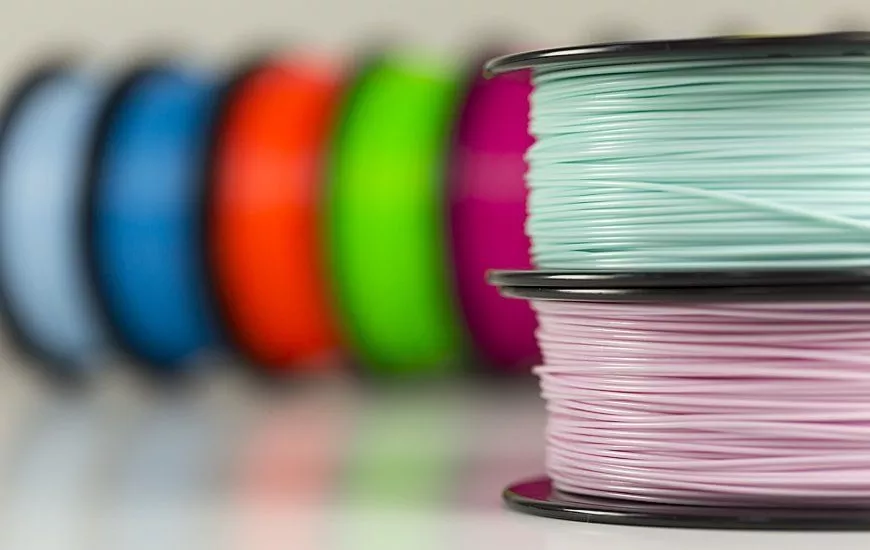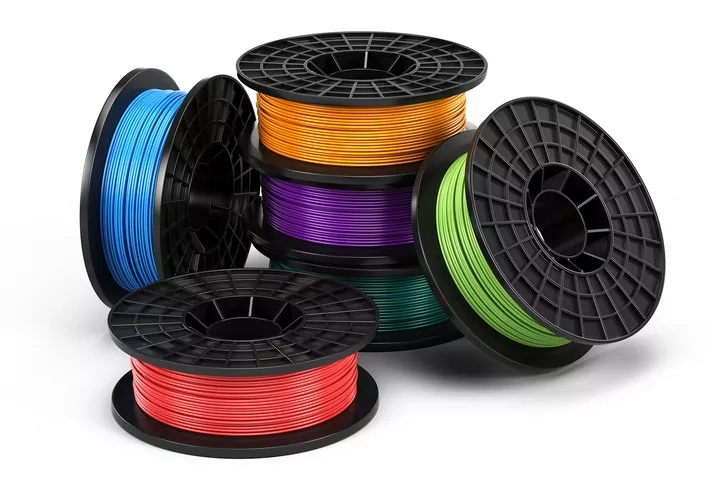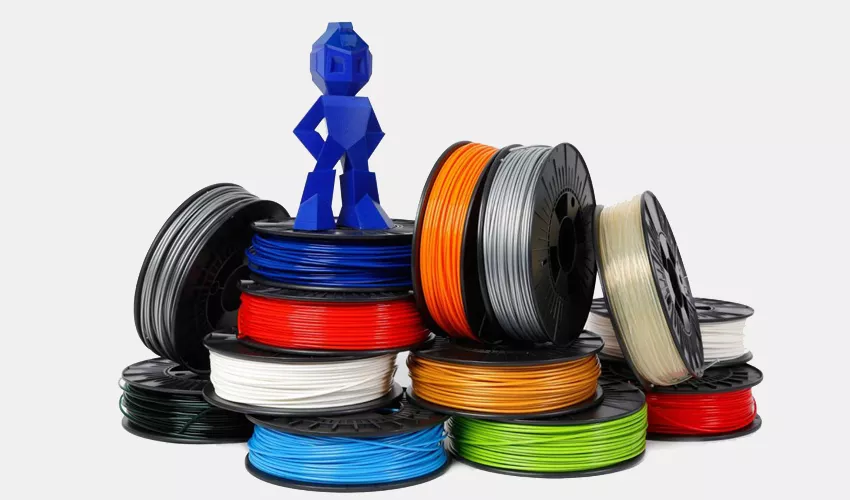The creation of 3D printing has disrupted the structure of manufacturing. It is a technology that can surprise people. It has great significance for individuals, families, and businesses. For families, handheld or small 3D printers for home use can foster creativity in children with their quick and cost-effective features. For businesses, 3D printing can quickly and cost-effectively prototype and fabricate parts for various applications, enhancing business competitiveness.
3D printing is capable of printing robust materials in unorthodox shapes, though. Getting a quality part depends heavily on the ability of the material to create a part with the desired mechanical properties, functional characteristics, or appearance. The question then arises, which materials cannot be 3D printed?
This article focuses on which materials cannot be used for 3D printing, and after reading this article, you will have a comprehensive understanding of this issue.

What materials cannot be 3D printed?
Currently, all 3D printers are designed around a limited number of material applications. Many metals and plastics must be attainable with today’s 3D printer technology. Because of the limited selection of materials available, printing complex mixtures of materials is practically impossible. Also, most 3D printers are more limited in the structures of parts they can print, even within the range of material types they can handle. Electronics that have a mixture of metals, plastics, and complex structures are differently realized through today’s 3D printers.
What are the materials that 3D printers cannot print? The answer here is: unusable materials cannot be melted, cannot be extruded, are not in a semi-liquid state, and also materials that burn at high temperatures rather than melt will be challenging to extrude through the nozzle.
Currently, 3D printing can handle powders, high-temperature liquid filled/unfilled, low viscosity materials. Therefore materials used for 3D printing must melt gradually. As they melt, they must remain viscous so they don’t escape. They must also have the composition or properties to go from solid to molten and back to solid.
Materials that cannot be 3D printed are:
1. solid wood, although we can create a mixture of PLA and wood grain
2. Fabric/cloth
3. paper
4. rock – although you can melt volcanic material such as anhydrite or rhyolite
5. Fiber-reinforced composites are a unique challenge.
6. forged materials (materials with minimal defects and very high strength) cannot be 3D printed, although some post-processing can improve properties.
7. Nuclear fuel rods. Molten radioactive uranium is not a pleasant material to work with, let alone extrude through a 3D printer.
Until recently, copper was a metallic material that could not previously be 3D printed due to its color and the lack of a suitable laser to melt it, but this problem has now been solved. In addition to the materials listed above, many other materials cannot be used for 3D printing. If you’re not sure what else can’t be 3D printed, when it can’t, many times it’s possible to 3D print molds or positive molds and use them for other processes.3D printing is not one technology, but many different technologies, each with their advantages and disadvantages.

What metals cannot be 3D printed?
The metal 3D printing process involves directly sintering or melting metal powders or combining them with a second material to allow delivery through a nozzle. Any metal can be used for 3D printing with a suitable powder. However, materials that burn rather than melt at high temperatures cannot be safely processed by sintering or melting but can be extruded through a nozzle for 3D printing. It is also possible to use sintering (forming in a mold at high temperatures and under very high pressure) to create solid items from metal powders. Sintering is the only reliable way to create items from these materials for metals with very high melting points.
Want to know more?
This introduction to what are the materials that can’t be used for 3D printing science can only help you.
Want to learn more about 3D printing-related expertise, need related industrial 3D printing services, or how companies can save money and time by using various materials for rapid prototyping? Please leave a message in the form below or email [email protected], or leave us a message in the back office of our website.

